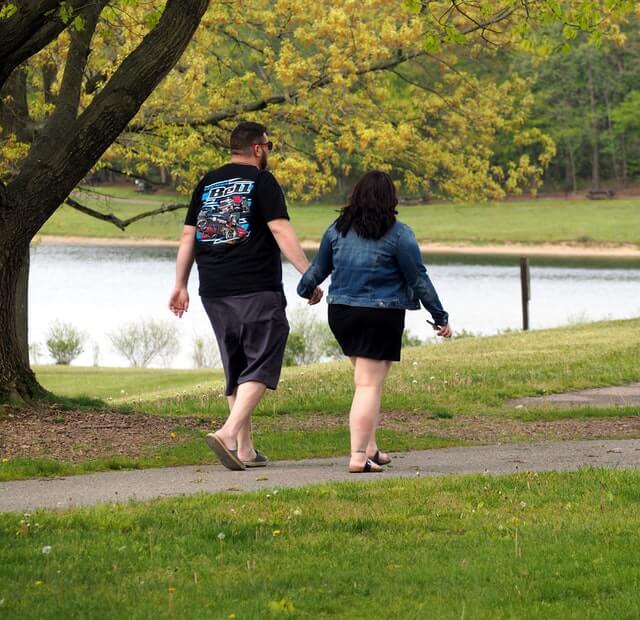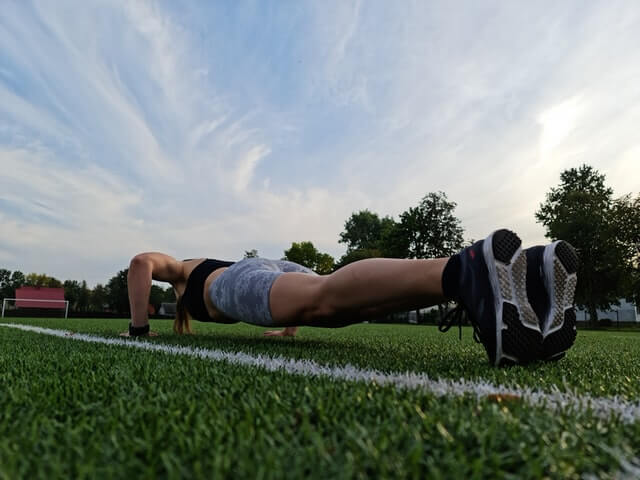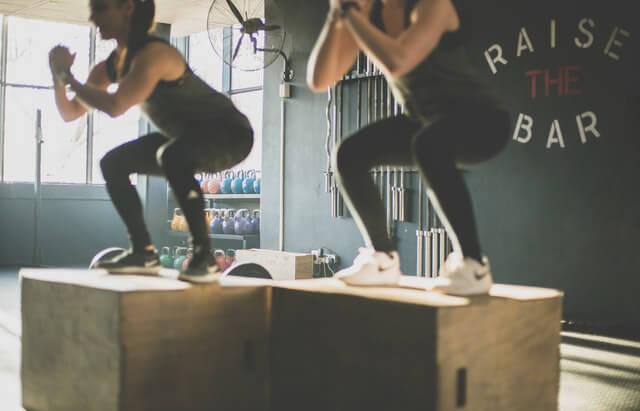5 Everyday Exercises for Caregivers
It can be incredibly challenging for family caregivers to find time for exercise. Caregivers are usually immersed in taking care of the person in need, doing household chores, and managing work. This is where a daily exercise routine becomes quintessential.
Thank goodness, you don’t have to sign up for a gym membership. Some exercises can easily be performed at home without any equipment. You don’t even need to hire a personal trainer if you don’t want to. You can look and feel great with minimal effort on your part.
Research suggests that regular exercise can have a positive impact on the physical quality of life (QoL). Exercising can fill both the caregiver and patient with positive energy. It makes them confident in fighting Dementia together as a family.
I share some easy exercises that can be done at home, preferably early in the morning or in the evening (3-4 hours before sleep). Although you don’t need equipment, having a yoga mat at your disposal is always helpful.
What does the research say?
In this study, researchers wanted to find out if physical activity could make caregivers feel better, especially when they take care of sick or elderly family members. You know, like when someone has to look after their grandparent or a family member who’s not feeling well.
They looked at some studies done between 1975 and 2012, and they found five studies where they tried to see if exercise could help caregivers feel less stressed and less sad. All the people in these studies were older ladies who were taking care of someone in their family, and most of them were above 60 years old.
So, what did they find? Well, when these caregivers started doing some physical activities, like going for a walk or doing exercises, it actually helped them feel less stressed, less sad (that’s depression), and like the burden of taking care of someone became a bit easier.
But there were some problems with these studies. They didn’t have a lot of people in them, they didn’t follow the caregivers for a very long time, and sometimes they got different results. So, the researchers said we can’t be sure if exercise helps all caregivers because these studies were a bit too limited.
Also, they noticed that they mostly looked at older ladies taking care of people with memory problems (like dementia). They didn’t have many studies with men who are caregivers, and they didn’t check if exercise helps younger caregivers.
In the end, the researchers said we need more studies with different types of caregivers, young and old, men and women, and trying different kinds of exercises. Then we can be more sure if exercise really does make caregivers feel better.
Here are the easy-to-do everyday exercises for caregivers
1. Cobbler stretch

Cobbler stretch is one of the best stretches for inner thighs and groin muscles. You can perform this stretch every morning or whenever you are free. It is recommended you wear loose clothes before performing a cobbler stretch.
Follow these steps to perform a perfect cobbler stretch:
Step 1:
Sit on the floor, preferably on a yoga mat, a rolled blanket, or a thin towel.
Step 2:
Bring your feet close to your groin and hold onto your ankles. Press both ankles against each other.
Step 3:
Next, inhale and lift your knees. Hold this position for a few seconds.
Step 4:
Exhale as you let the knees rest on the floor. Pull your shoulders back and sit up straight. You can repeat this routine 4-5 times.
2. Walking

Walking is one of the best exercises for caregivers. You don’t have to head out for a walk early in the morning, an evening walk is equally beneficial. Apart from improving your mood, walking also helps you burn calories.
It is recommended that you put on properly fitted running shoes and wear comfortable clothes (preferably a tracksuit). You can go to the nearest park or walk on the side of the road.
3. Spot jogging
Spot jogging is an excellent alternative to running outdoors. Not every caregiver can manage to get outside every single day for the sole purpose of jogging. Bad weather can prevent you from jogging outside.
Spot jogging offers similar benefits to an actual jog. It elevates heart rate, burns calories, burns fat, and improves circulation. Physically fit caregivers can spot jog for about 30 minutes (10 minutes per set).
Make sure to jog till you break a sweat if you are new to the world of fitness or have gained considerable weight. You don’t have to use the stopwatch if you don’t want to.
Follow these steps to spot jog the right way:
Step 1:
Stand on the left foot and lift the right foot to waist height. Raise the opposite hand (left) at the same time.
Step 2:
Begin marching by raising your foot. Make sure to raise the opposite hand each time you raise the foot to waist height.
Step 3:
You can count your footsteps or use a stopwatch. A total of 20 repetitions will get your heart pumping fast.
4. Push-up

Push-ups are one of the best exercises for physically fit caregivers. If you are nursing an injury kindly consult a physiotherapist before beginning this workout routine. Either way, you must do a quick warm-up before beginning your push-up session. A 10 minutes spot jog can be an ideal warm-up.
Follow these steps to perform a perfect push up:
Step 1:
Push-up is a floor exercise, hence you are required to lie down on your tummy on top of a yoga mat, rolled blanket, or a towel. Keep your legs straight with feet a foot apart.
Step 2:
Place your arms at the side of your chest in the classic push-up position. Next, inhale as you push yourself away from the floor. As a rule of thumb, you always want to inhale when you move against gravity and vice versa.
Step 3:
Hold for a couple of seconds and then exhale as you lower yourself back onto the floor. Perform 5 sets (10-12 push-ups per set).
5. Bodyweight squat

There are several types of bodyweight squats you could try but I would recommend beginning with air squats, especially if you are doing this for the first time. Air squats are gentle on your knees.
Bodyweight squats help strengthen your lower body. When done in the morning, it keeps you feeling energetic throughout the day. You can try squatting with a lighter (5-pound) dumbbell. Adding weight is always a positive.
Kindly stick to air squatting if you have had problems with your knee. Remember that form and posture are key when performing bodyweight squats. You want to go low, not too low. And make sure that you lower your butt first and then bend your knees.
Follow these steps to do a proper bodyweight squat:
Step 1:
Stand erect with your hands raised forward. Make sure your feet are planted firmly on the ground.
Step 2:
Slowly lower by sticking your butt out as you bend your knees. Try to keep your spine erect you lower your upper body, but your back will naturally bend forward as you lower.
Step 3:
Lower till your thighs are at a 90-degree angle with the floor. Hold this posture for a couple of seconds and stand back again. Perform 3-4 sets (with 5 repetitions per set).
Summary
The exercises for caregivers discussed in this post will merely help you get started. As you continue to build strength, you will want to adopt a full-fledged exercise program. Hiring a personal trainer will do a world of good. Some personal trainers are open to training you from the comfort of your home.
Lastly, in addition to physical exercise, it helps to spend a few minutes a day doing breathing exercises such as belly breathing, resonant breathing, or alternate nostril breathing. I suggest watching the YouTube video tutorials by Adriene.
Likewise, you can also add meditation to your daily routine.
